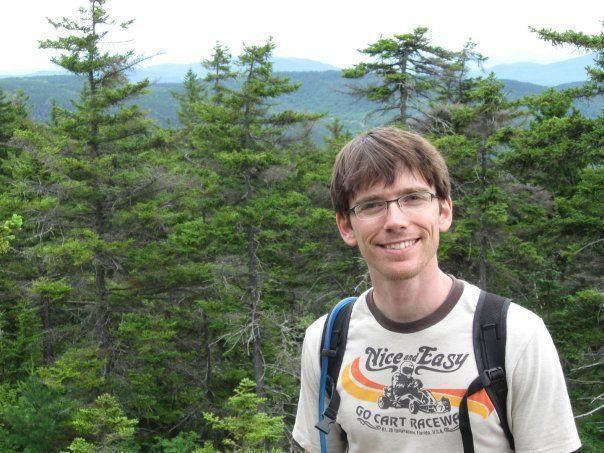Some information may be outdated.
Unable to see over a rocky bench, I wondered why the treetop had shaken. Maybe a squirrel had jumped into it, but there were no squirrels in sight. Maybe I was hallucinating. But the whoosh of quaking leaves had called my attention from my climbing partner where she balanced 60 feet up a rock face. That was no trick of the light.
Odd. It was just odd.
Oh well. Keep belaying, I thought. It’s probably nothing.
Yet I couldn’t help glancing over my shoulder. And there it was. A bear.
He strode out from behind the ledge and stood on the trail, as tall and broad as a granite boulder. He looked at me with his animal eyes.
“Megan,” I yelled, in case I was compromised as a belayer, “place some gear! There’s a bear!”
Not more than 20 feet away, three men who’d been enjoying a lazy morning in their sleeping bags sat up.
The bear, perhaps interpreting my yell as a threat, meandered back around the ledge and eventually climbed up into the nest of now abandoned sleeping bags. The guys stood in their skivvies and watched from a distance as the bear sniffed toiletries and bedding.
I belayed. The bear continued its search. The men hovered nearby. I thought of two turkey sandwiches stowed in the backpack at my feet.
Having found nothing tasty, the bear abandoned their camp. The men backed away. Then, to my astonishment, it charged. I stood anchored to the wall, slack-jawed, as that huge bear flew past me and up the hill after three terrified, half-naked, dirt-bag climbers. My body thrummed with adrenaline.
I always read that bears can outrun humans. I just never knew the speed differential was so dramatic. That ravenous bear closed on them in two seconds. Desperate, the men did the only thing they could — turned down the hillside and jumped off a cliff.
They hit the slope 15 feet below and tumbled and stumbled and raced into the campground proper on the forest floor. The bear followed them, but was soon dissuaded by yelling campers who banged pots and threw water bottles at it.
Two hundred thousand years ago, the human body faced a more dangerous environment than it does today. The natural world bristled with lions, tigers and bears. Technology was limited. Societies were small. Rule of law and human rights were things of the future. That’s why we have a stress response system that lights up at the whoosh of a tree limb. The vigilant survived. As my bear encounter proves, that’s a good thing. Maybe the intuition to glance over my shoulder saved those campers, Megan and me from harm. Some threats are real, and an alarm can be helpful.
Here’s the thing. I had a similar alarm go off in my body when I nearly ran out of gas on the way to the airport recently. There was no way I’d make the flight if my car sputtered to a stop. The needle was below E. An orange dashboard light taunted me for 30 miles. The actual danger level fell below the bear episode, but my body thrummed with adrenaline.
That’s because the mechanics of the mind haven’t changed much over the last 200,000 years. The amygdalae in our animal brains, mechanisms that signal us to be afraid, can’t really tell the difference between a staring predator and missing a flight, between an earthquake and not getting invited to a party. This essential little component of the nervous system sends out adrenaline and cortisol, stress hormones, at every threat.
Because fear and stress can become overblown in our modern, mostly safe environment where people’s life expectancy is three times that of our ancestors, it’s worth cultivating a meticulous awareness of our stress response. When we do, we may find the mind (and body) under daily assault. Anxiety proliferates as we stew in political polarization, media outcries and ever greater population densities. Our negativity bias, which kept our ancestors alive, can easily slip into overdrive when barraged by the demands of work and busy social lives.
Rates of depression rise. Wise responses give way too often to knee-jerk reactions. In part, these responses spring from an overactive alarm system that prepared us to jump off cliffs while running from bears, not tactfully navigate the world of Twitter.
So the next time my internal alarm sounds, whether its at work, at home or in the wilderness, I aim to pay attention. I want to understand unease, to see it for what it is — an inherited response cueing me to something that might be important. Rather than an unconscious reaction, I set the intention to bring mindfulness to bear, to activate the more modern parts of my brain above the amygdala. When I do, may my response keep me safe from both unwise action and the big hungry bear.
Daniel McNeil is the director of Grand Area Mentoring.
Appreciate the coverage? Help keep local news alive.
Chip in to support the Moab Sun News.



